The retail industry is awash with data on customers - personal characteristics, income and spending habits, lifestyle, social media activity, and so forth. Data collection can take the form of POS systems to customer surveys to publicly available demographic data. Numerous analytics firms offer to turn your unstructured data into digestible reports. Faced with infinite possibilities to utilize retail data, how does a retail owner, regional manager, branch manager move forward implementing strategies that capitalize on customer insights for tangible gain?
A great number of potential strategies tie into your CRM. Your retail CRM is more than a repository of contact data and transactions. A well-featured CRM integrated with data from your POS system can provide a complete picture of customers, sales benchmarks, marketing campaign performance and KPIs while predicting trends and providing a unified platform for customer service. Retail CRM automation, properly configured, can free up store agents on the floor from busy work and focus their attention on customer engagement. There are numerous actionable strategies to be built outward from your retail CRM, and we’ve assembled a concise list of 10 that you can implement from the right platform.
1. Segment Customers to Improve Marketing ROI
A retail CRM will allow custom tags and fields to be associated with contact info. These tags and fields can refer to specific customer attributes that aren’t built into the CRM; filtered reports can isolate correlations between specific criteria and buying behavior, products, receptiveness to certain kinds of marketing, and so forth. (Determining which criteria is relevant depends on your industry, company and customer base.) Identifying these correlations allows you to target marketing resources towards customers based on known interests and needs, which in turn yields better marketing ROI.
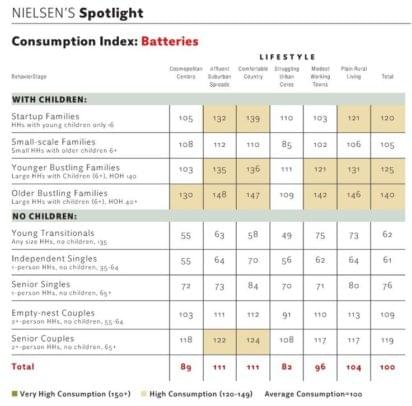
Retailers market products differently based on which customers are likely to buy them. A fast food chain might determine based on retail CRM data that chicken nuggets are popular with kids, and might target internet ads on websites popular with that age demographic while selling nuggets in kid-friendly packaging with toys. That same brand might market breakfast meals towards the adult crowd coming in before work - coffee and a breakfast sandwich. Marketing sensibilities that themselves are not new can be implemented through a retail CRM and measured, tailored and better redeployed for accurate KPI measurement and allocation of budget.
2. Identify and Upsell Your Most Profitable Customers
The more customer data in your retail CRM, the more you can pinpoint opportunities and pitfalls. High granularity in customer data allows you to identify costs per customer (CPC), a metric that includes marketing expenses and customer service costs weighed against how much they spend. Not only does this inform individual agents’ time allocation for the value of service calls but it also identifies your most profitable customers.
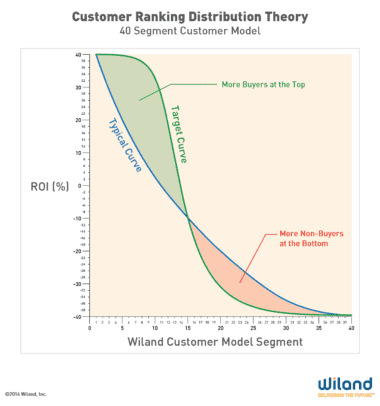
Pareto’s Principle of 80/20 applies - the top twenty percent are worth eighty percent of your revenue (or a comparable percentage). This aligns with customer segmentation in that you’ll likely find correlations between characteristics and shopping habits, but there may be outliers. Whatever the case, identify your top customers, their types of purchases, the value they bring, their purchase lifecycle, and then sell to them more.
3. Prevent Leads from Leaving the Sales Funnel
This applies to customers who engage companies across multiple channels - and who, according to Accenture Strategy are the most profitable customers - and might browse items on your website or leave items in their shopping carts. Customers can be shown recently viewed items when they return to your site, or receive email reminders for unpurchased items.
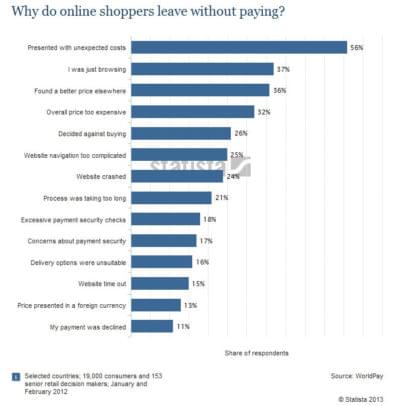
The most common reason for online customers to abandon their shopping carts is the discovery of unexpected costs. This can be mitigated with a one-time promotion of, say 10%e off the items in their cart. Retailers get creative to keep customers in the sales funnel.
This data can be used for in-person interactions as well. Sales associates interacting with customers in a physical store can link customers to their online accounts and provide individual discounts to encourage a sale, if they feel a customer is unlikely to buy without one. The in-person engagement provides an opportunity to obtain further data to contribute to future promotions, whether online or offline.
4. Improve In-Store Customer Experiences (CX)
Of course, this applies to retailers with a brick and mortar presence. Retail CRM data informs retailers to their shoppers’ demographic traits with associated spending habits and preferences. The same analysis for customer segmentation isolated for a region or branch informs store layout (positioning frequent product pairings together) and promotions (discounts on a poorly selling item when paired with a popular one) while local loyalty cards can contribute to the larger CRM database.
Wi-Fi in stores allows floor staff to access retail CRM data for product availability, customer data or communication. Customers can opt-in to receive targeted promotions based on their browsing or buying behavior on other platforms - information also stored in the CRM. Providing services like allowing customers to interact with the products and have them shipped directly to their homes with the same shipping deals as online channels (for example, free shipping over $50) helps customers feel they aren’t missing out by shopping in-store, and there’s the opportunity for anonymous surveys on the spot.
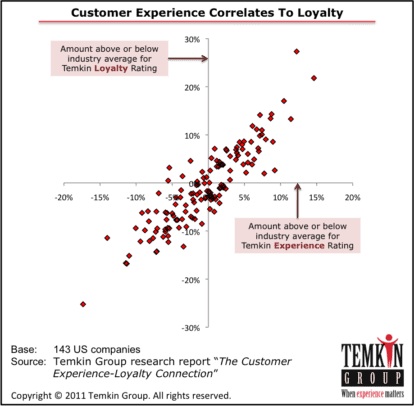
Customer experiences correlate strongly with brand loyalty; therefore, the in-store experience is an excellent opportunity to directly, positively influence customers' brand opinions. Brick and mortars have excellent potential for implementation of digital customer data to create a personalized brand experience.
5. Unify Customer Support Across All Channels
Timely, personal responses to customer complaints avert negative brand impressions before they gain steam (or appear on social media). Customers expect consistent engagement across all channels - what they tell an agent on the phone should be available to the next agent they engage in a web chat, an email or on social media. CRMs for retail must provide a unified inbox for support tickets, created automatically from emails or web forms with manual input from agents when necessary. Helpdesk CRMs like Zendesk or Freshdesk build tickets from email, phone calls, SMS, social media, and web forms, which can be merged, prioritized, tagged, assigned to specific agents and reported on. This provides insight into individual agent performance, overall service department performance, which items produce the most complaints through custom helpdesk reports.
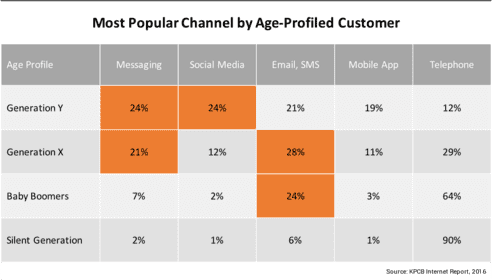
With the abundance of channels through which customers engage your brand, a unified helpdesk enables your support agents to address customer needs from a central hub. From a proactive standpoint, helpdesk CRMs can integrate with social media monitoring services which ping a support agent when the brand begins to trend negatively. This brings agent attention to problematic issues to resolve customer service issues before they gain steam.
6. Spot Weak Links with Customer Feedback
Customers’ product complaints logged in helpdesk features of retail CRMs provide valuable data on which product features reduce customer satisfaction, why products are returned and how customers would prefer they perform better. This informs you whether the product is worth carrying and which alternatives might produce better sales or customer satisfaction. Customer satisfaction surveys specific to a product provide additional context to the product’s actual use and the circumstances in which it fails. This allows you to warn customers about potentially hazardous uses or sub-optimal conditions for a product which can reduce complaints.
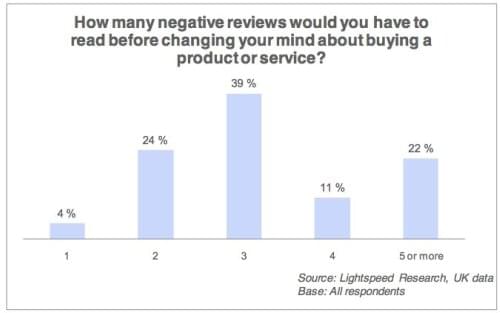
Customers are influenced by online reviews. The feedback your business receives is a fraction of what's shared online or through word of mouth. Identifying weak product links allows you to adjust your product or service offerings accordingly to limit impact from unhappy customers.
7. Improve Productivity with Automation
Employees’ time and mental bandwidth being best used towards productive ends, and valuable CRM data - though often scraped from digital marketing and online tracking - still requires some manual input. Retail CRMs are able to automate data entry as well as task notification and follow-up reminders to reduce employees’ time spent navigating the platform.
One type of automation comes with the addition of new contacts, leads or opportunities. The end user selects a custom workflow from a list to apply characteristics - demographic data, status, urgency - while manually entering unique criteria. Then they apply a separate automation, sometimes called a macro, that reminds CRM users in the marketing department to follow up post-purchase - maybe 24 hours later, maybe 3 days - through email or a channel specified by the customer. These online interactions provide more opportunities to collect data and further refine and personalize individual engagement.

CRM automation is usually distinguished by which 'pillar' of CRM they address - sales, marketing or customer service. Sales force automation refers to order management, contact management, leads, opportunities and so forth. Marketing automation refers to emails, social media and website activity. Service automation typically addresses common customer questions with the ability to draw human attention when the request gets too complex. All three types of automation are being increasingly deployed in leading CRM solutions.
8. Optimize Marketing Tactics with A/B Testing
Retail CRMs allow marketing approaches to be tested against one another for the best outcome within customer segments. A step beyond customer segmentation, A/B testing allows a business to optimize email marketing strategies - tone, structure, images, promotions - and custom landing pages by comparing performance with online metrics like click-through rates, bounce rates, exit rates, conversion rates. The same clinical approach can be taken to inbound marketing and content production. Certain CRMs allow built-in A/B comparisons for email templates and landing pages with statistics for competing approaches side by side. This allows for clearer oversight over marketing direction and potentially further increased ROI.

There are a number of minutiae you can drill down to determine which drives more customer engagement. After a certain point, you may find diminishing returns per time spent - trying to squeeze a few fractions of percentage points with tiny changes - but A/B testing offers measurable gains to retailers willing to refine their inbound marketing approach.
9. Retrieve Lost Leads with New Engagement
The CRM will contain data of past customers or old leads that haven’t engaged your business in some time. Automations can be set to contact customers after a period of weeks or months with a personalized message to inform them of unique promotions for re-engagement or announcements of new inventory or services. Certain approaches - such as inviting recipients to fill out a survey, providing them with interesting content or discounted goods, asking them to update their AT&T email settings - can be A/B tested.
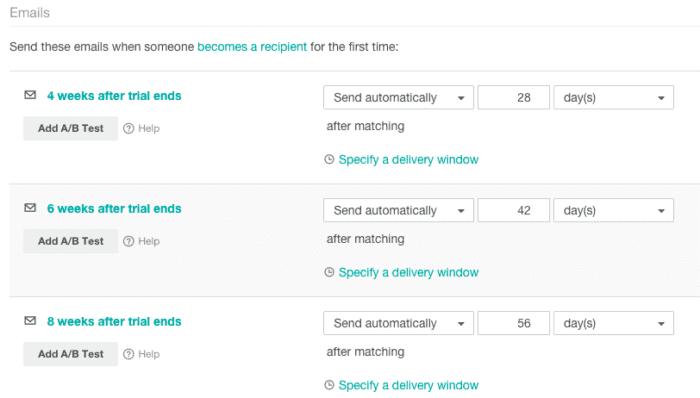
The customer has already gone cold - outreach wouldn't hurt. Sometimes a lost lead just needs a reminder to come back to your brand.
10. Eliminate Churn using Predictive Analytics
Among the reporting features of retail CRMs is the ability to forecast product sales and demand, revenue, costs from which you can extrapolate inventory needs and pricing. The forecasts build on CRM data incorporating imported POS data; the CRM can integrate with third-party predictive analytics companies that incorporate additional data like weather, social events and customer sentiment. The reports can be further filtered to forecast based on customer segments, seasonality, location and other granular criteria.
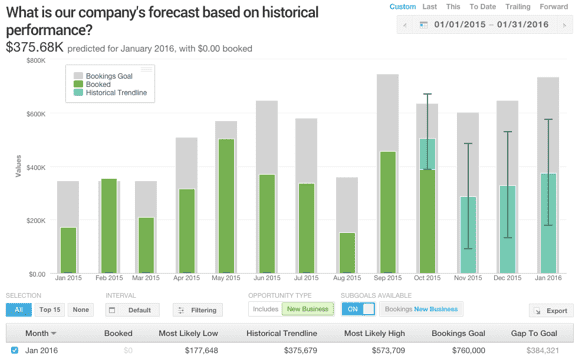
As machine learning develops and retail CRMs can better segment customers based on receptiveness to marketing approaches - such as which respond well to email promotions of which nature - forecasts will be better able to predict marketing performance according to specified criteria and allow retailers to optimize prices for improved margins and reduced churn.
Secure Your Data and Collect Wisely!
A data-driven retail CRM strategy can bring the most value from your tech assets, but data security and privacy are on the front of customers’ minds. Inform customers when data is collected and provide fair value for the information; for example, offering online visitors gated content, a chance to win a prize, or simply optimized service in exchange for filling out a survey. Meanwhile, protect customer data by reinforcing security practices among employees, storing information securely, ensuring PCI compliance, SSL encryption and so on. Customer trust, convenience and satisfaction are the keys to brand distinction in the omnichannel age, and your retail CRM can play an integral role in getting your company up to speed without sacrificing security.
For CRM overviews, comparisons and user reviews, be sure to check out our expanding CRM Software Comparison Guide.
Originally posted on GetVoIP here.


